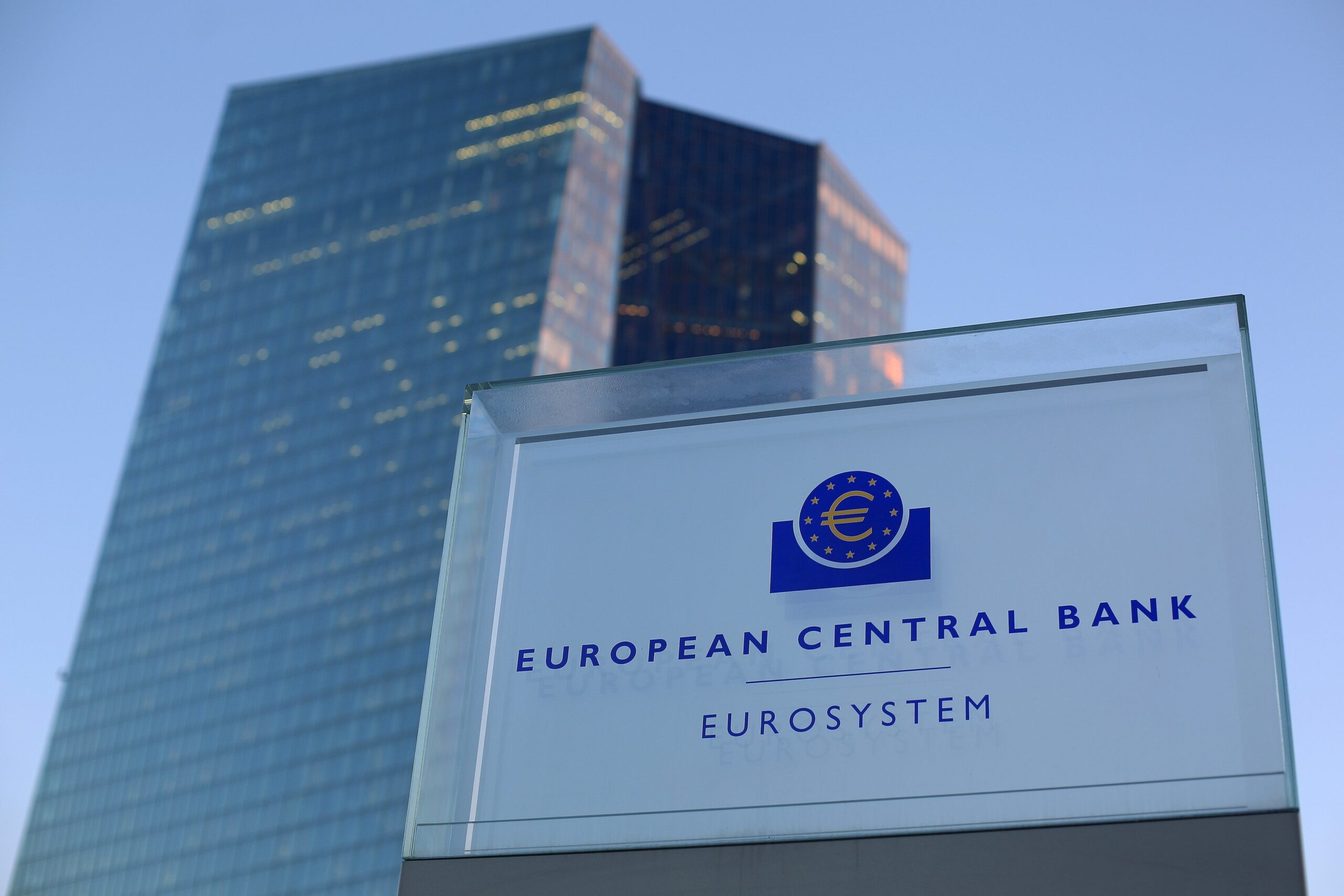TL;DR:
- ECB explores ChatGPT-like AI models for document analysis and software testing.
- Focus on generating initial code drafts and improving software analysis.
- Caution is exercised in the software’s implementation, emphasizing governance and coordination.
- Large Language Models (LLMs) assist in summarizing documents and drafting briefings.
- AI adoption aims to enhance public communication and accessibility.
- ZestyAI integrates FORTIFIED construction standards for property resilience.
- This marks a significant step toward efficiency, transparency, and resilience.
Main AI News:
The European Central Bank (ECB) is venturing into the realm of ChatGPT-style AI models to enhance its document analysis and software testing capabilities. This strategic move is poised to revolutionize the way the ECB handles initial code drafts, analysis, and software testing, potentially streamlining processes and improving efficiency.
The ECB’s interest lies in exploring the viability of Generative AI solutions for generating initial code drafts, particularly for experts tasked with software analysis and testing. By harnessing the capabilities of Large Language Models (LLMs), the ECB aims to analyze, summarize, and compare documents within its purview. These documents are crucial for the ECB’s supervisory responsibilities, and the LLM model can assist in preparing concise summaries and draft briefings.
While the ECB acknowledges the potential of this technology, it approaches its implementation with a measure of caution. Myriam Moufakkir, ECB’s Chief Services Officer, emphasizes the importance of establishing robust governance, coordination, infrastructure, and investment to seamlessly integrate AI into the organization’s workflow. She stated, “By putting in place the appropriate governance, coordination, infrastructure, and investment, we will pull together the various strands of our work on AI and accelerate its adoption across our organization.”
Furthermore, the adoption of a large language model holds the promise of enhancing the clarity of the ECB’s communications for the wider public. Leveraging neural network machine translations, the ECB already communicates with European citizens in their native languages. This endeavor aligns with the ECB’s commitment to facilitating transparent and accessible interactions with the public.
In parallel developments within the AI sector, ZestyAI is set to incorporate the FORTIFIED construction standard developed by the Insurance Institute for Business & Home Safety (IBHS). This integration aims to assist insurers in identifying properties constructed to the highest resilience standards, a crucial consideration given the increasing frequency of severe weather events.
Conclusion:
The ECB’s foray into ChatGPT-style AI signifies a significant leap in document analysis and software testing. This strategic move holds the potential to streamline processes, improve communication, and enhance efficiency, which could set a precedent for AI adoption in the financial sector and beyond. It also reflects a growing trend of leveraging AI to fortify resilience standards, a crucial consideration in today’s evolving market landscape.

